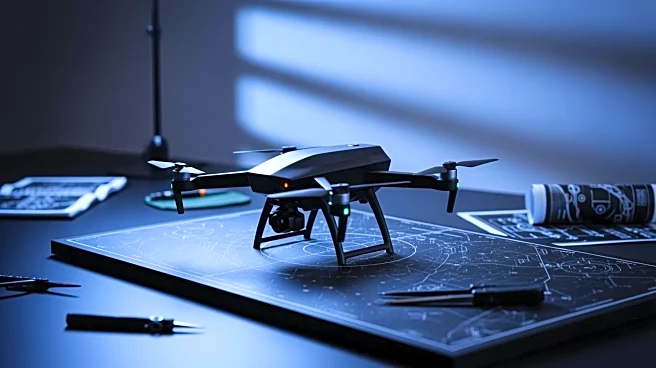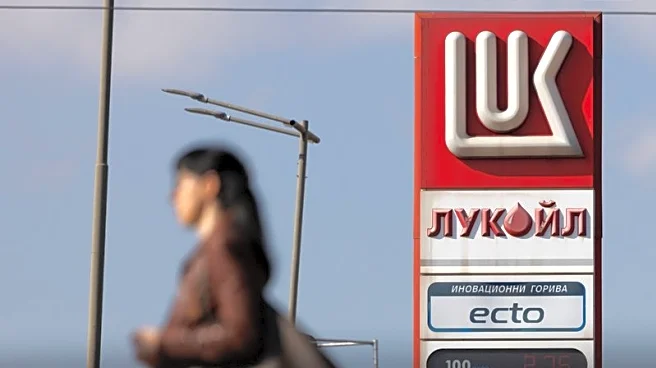What's Happening?
Sweden has purchased and tested two types of drones that replicate Russian models, specifically the MACE and STORK LR systems, from the Ukrainian drone builder UAC. This strategic move aims to better understand
and counter Russian drone tactics. The MACE drone is similar to the Russian Lancet, while the STORK LR shares features with the Orlan-10 and Supercam S350. These drones were tested at a new UAS testing facility in Karlsborg, Sweden, where Ukrainian troops provided training to their Swedish counterparts. The initiative is part of Sweden's effort to prepare for potential threats by simulating adversary capabilities.
Why It's Important?
This development is significant as it highlights Sweden's proactive approach to national defense by understanding and countering potential threats from Russian drone technology. By acquiring and testing these drones, Sweden aims to enhance its military preparedness and strategic capabilities. This move also underscores the growing importance of drone warfare in modern military conflicts, as seen in the ongoing conflict between Russia and Ukraine. The ability to replicate and study adversary technology can provide a tactical advantage, potentially influencing defense strategies and procurement decisions in the U.S. and other NATO countries.
What's Next?
Sweden's acquisition of these drones may lead to further collaborations with Ukraine and other NATO allies in developing counter-drone strategies. The insights gained from these tests could inform future military exercises and defense policies. Additionally, this initiative may prompt other countries to adopt similar strategies to enhance their defense capabilities against drone threats. The ongoing conflict in Ukraine continues to serve as a testing ground for new military technologies, which could have broader implications for global military strategies.
Beyond the Headlines
The ethical implications of replicating adversary technology for defense purposes raise questions about the balance between national security and the potential escalation of military capabilities. This development also reflects the increasing role of unmanned systems in warfare, which could lead to shifts in military tactics and the nature of combat. The use of drones for reconnaissance and tactical strikes highlights the evolving landscape of military engagements, where technology plays a crucial role in determining outcomes.













